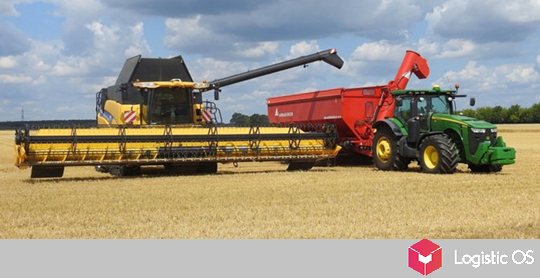On June 30, the Ministry of Agriculture of the Russian Federation should consider the issue of adjusting the size of the export duty. Agrarians really hope that the department will reduce its size.
According to Vedomosti, the Ministry of Agriculture is considering raising the threshold price, on the basis of which the duty is calculated, from 15,000 rubles to 17,000 rubles.
This will lead, according to the SovEcon center, to the fact that the duty on wheat will decrease by about 1,400 rubles per ton.
The decision on June 30 will be fateful for agricultural producers, since the formula for calculating the duty is reviewed only once a year.
This means that it will be valid throughout the 2023-24 season.
What factors will affect the fee calculation?
As First Deputy Minister of Agriculture of Russia Oksana Lut noted, first of all these are the following factors:
— Costs of farmers for sowing (production cost).
— Forecasts on the volume of the harvest.
— World grain prices.
— Ruble’s exchange rate.
The cost of production is currently on the rise. This worries the department most of all and, as agricultural producers expect, can lead to a reduction in duties.
In addition, another negative factor is world prices. If we compare the levels of the end of this March with the levels of March last year, then the fall reached about 30%.
Therefore, exports do not bring enough profit. This is another argument in favor of lowering the duty.
As for the harvest, it was very large last year, and a good one is also planned for this year.
Therefore, a food shortage (and this is the main thing against which the duty is directed) does not threaten the country in any way, it enters the new season with a record volume of carry-overs. So there are grounds for lowering the duty on this parameter as well.
The exchange rate of the ruble remains, and here the situation is twofold.
On the one hand, it has dipped a lot lately, it is beneficial for exporters: they receive more and more rubles for each ton.
At the same time, the dependence of Russian farmers on imports has not yet been eliminated, and it becomes very expensive when the ruble falls, which further increases the cost of production.
Well, the most important problem: in the last year, the ruble exchange rate is completely unpredictable, it “flyed” from 50 to 95 rubles per dollar, so it is very difficult for farmers to build some kind of stable working strategy.
At the same time, although an increase in the threshold price is likely, experts believe that this is not enough.
The general director of the ProZerno analytical center, Vladimir Petrichenko, believes that it is also necessary to change the calculated coefficient from 70% to 30%, which would greatly reduce the duty. However, the Ministry of Agriculture is unlikely to take such a step.

